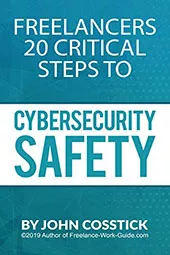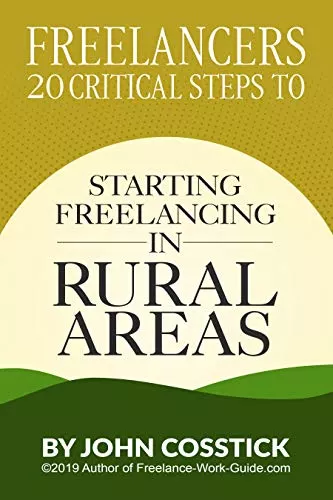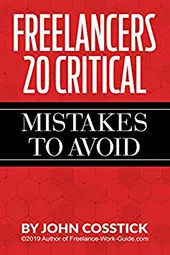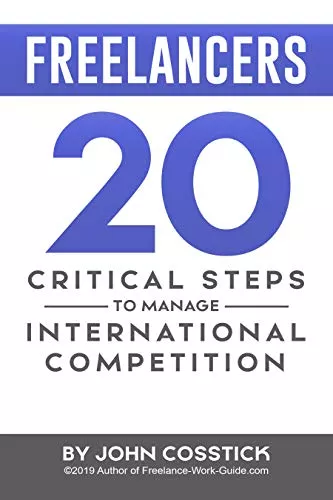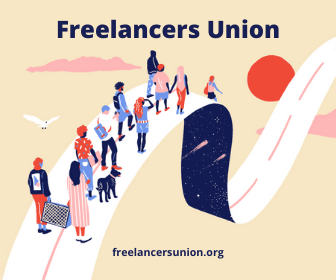
Undeniably, NFTs are taking the world by storm – and they have started to redefine the trending of digital commodities. However, just like with any other new, powerful technology that is still in development, NFTs are not entirely understandable and predictable. So far, they have represented an alternative way to police the trading of digital assets, including artwork and innovations.
This article is a follow-up article to the one that appears on the related website negativeequitytoday entitled How Non-Fungible Tokens (NFT) Can Protect Copyrights And Patents which can be read by clicking here.
In this way, they have been a more proactive response to the always-changing need for a tool to help protect an author’s copyrights in the digital era. On the other hand, anyone can create NFTs, which has led to unforeseen issues and a need for stricter protocols.
Creating an NFT for your invention, artwork, or creation can help you track its sales, usage, and impact – while also protecting your copyright. But specialist advice is always needed to navigate this increasingly complex environment.
Understanding NFTs and Their Potential
NFTs – or Non-Fungible Tokens – are a set of metadata protected via blockchain. Because of their non-fungible nature, these tokens are unique, indivisible, and cannot be exchanged for a similar token.
NFTs can be linked to anything – from physical assets such as homes to digital assets such as artworks. When buying or trading NFTs, the new owner receives a digital “fingerprint†or “watermark†associated with a specific digital or physical commodity.
For example, a piece of digital art such as a GIF can be shared, reproduced, and downloaded infinite times – but only the NFT owner has a unique “autograph†that validates its authenticity and raises its value. A digital commodity carrying an NFT is often referred to as the “original†version.
Because of how they are created and the ecosystem that protects them, NFTs have specific characteristics that make them particularly suitable to set in stone the authenticity of a document, artwork, or digital commodity. NFTs are tradable, unique, scarce, traceable, immutable, and easy to liquidate (or turn into cash).
You can get an in-depth overview of NFTs and their characteristics in the video below:
How NFTs Are Being Used
Because of the characteristics seen above, NFTs can be traded across several ecosystems, quickly sold, and turned to cash, and once created, they are immutable. What really increases the potential of NFTs is that everything can be turned into a token – or swapped for a less-sensitive asset that can safely be traded online.
Here are only some of how NFTs are used today:
- NFTs can represent collectable gaming props such as clothes and weapons
- Physical properties such as vehicles, real estate, and precious items can be tokenised and easily used for financing or liquidity.
- IDs, DNA data, records and documents can be attached to an NFT to validate its authenticity
- NFTs can also speed up business operations by tracking the manufacturing and sales processes
Several of the uses of NFTs are still yet to be discovered. Still, it is not difficult to imagine how their characteristics make them the perfect tool to protect patents, copyright, intellectual property, and the authenticity of a digital commodity. In turn, this can represent a valid solution to protect against fraud, theft, counterfeiting, and illegal reproduction.

NFTs: A New Solution To Protect Patents and Copyright
New technologies bring benefits and opportunities, but they can also entirely disrupt well-established systems. One of these is the case of patents, copyright, and intellectual property law. While it has always been difficult to trace and protect artwork and inventions from plagiarism or counterfeiting, the digital era has taken these challenges to the next level.
In the online world, digital art pieces can be downloaded and reproduced thousands of times – and policing and tracing its movements is impossible.
NFTs might represent the societal shift in perception that the world of intellectual property in the digital age needed. When works of art, inventions, and creations are tokenised, their value shifts from the item to the token. And it is the trading of this token that determines ownership and others’ experiences.
Some of the benefits associated with creating an NFT for a digital commodity include:
- The NFT loosens the bundle of rights that is copyright so that they can play to the author’s advantage.
- Mass adoption of blockchain and NFT technologies can significantly reduce counterfeiting.
- When an NFT associated with artwork is sold, the copyright remains by default with the author – not with the buyer.
- The NFT trade will come with specific guidelines regarding how and when to make use of the work.
Each transaction is transparent and secure on the blockchain and visible to any user. Therefore, the author can ensure that their artwork is traded fairly and legally.

Why Specialist Advice Is Necessary When Creating an NFT
All that we have seen above offers a clear perspective on the opportunities and the risks that come with creating and trading NFTs for patents, copyright, and intellectual properties.
And, if you wish to create your own NFT, you will soon find that the process is impressively straightforward, even if you are not an expert in the field. All there is to do is create an Ethereum wallet with enough funds to pay for the transaction fees – or gas.
So, everyone can create NFTs – or “mint†an asset – which are, once created and verified, immutable, tradable, and transparent. However, because everyone can create an NFT, the rules of this world are easily changed and adjusted, leaving you and your intellectual property at the mercy of tools that you do not fully understand.
Ultimately, seeking professional advice becomes necessary to:
- Understand that the NFT is not the object itself but rather a verifiable receipt of it so that you can change the trading conditions.
- Understand that the artwork can, in fact, be reproduced, displayed, and resold according to the new buyer’s preferences and other users.
- Be clear on what immutability is – once forged; the NFT is immutable. The benefit of immutability is that the NFT cannot be modified or manipulated by others. Yet, an initial programming error will also be sealed in and carry on from a transaction to the other.
- Keep the copyright over your work and decide on the terms and conditions of your sale. The implication of trading digital assets might not always be obvious.
- Prevent others from tokenising something that is yours or without permission.
Ultimately, setting up your own non-fungible tokens for your patent without understanding the ins and outs of this technology can expose you to theft, counterfeiting, and copyright infringement.
Take, for example, the case of Marble Cards. This unique platform allows users to mint a frame around an artwork rather than the artwork directly. By doing so, users can own a frame with the artwork while avoiding copyright issues. Yet, for the author of that artwork, this can still feel like an infringement of rights.
Bottom Line
Getting specialized advice when creating your own NFTs allows you to gain valuable insights into this new, emerging technology. When setting up your NFT, you can decide on the terms and conditions of sales, reproduction, and usage of your invention or patents. A specialist can help you set it all up so that the NFT is advantageous for your needs.




